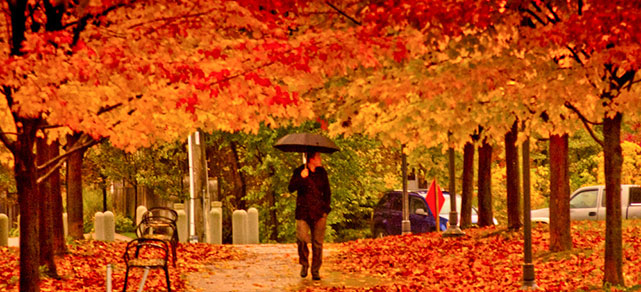Research continues to emerge showing how social wellbeing can be significantly improved when people have greater access and exposure to green space.

The latest comes from a group of Canadian, U.S. and Australian researchers, who studied the extent to which tree density in urban areas can contribute to better health outcomes and perceptions. Using Toronto as their case city, they collected high-resolution satellite imagery and individual tree data and related it to self-reported general health perceptions, cardio-metabolic conditions and mental illnesses.
What they found was compelling: taking socio-economic and demographic factors into account, higher tree density directly related to “significantly” better perceptions of health and fewer reported cardio-metabolic conditions, such as diabetes, stroke or heart disease.

“We find that having 10 more trees in a city block, on average, improves health perception in ways comparable to an increase in annual personal income of $10,000 and moving to a neighborhood with $10,000 higher median income or being 7 years younger,” reported their study, which was published online in July in the journal Scientific Reports.
There are many possible reasons for this. Not only do trees provide cooling and improve air quality, they also make urban environments more aesthetically pleasing. And there is strong evidence that exposure to trees and other green spaces lowers blood pressure, improves concentration and memory, and is both physiologically and psychologically restorative.







